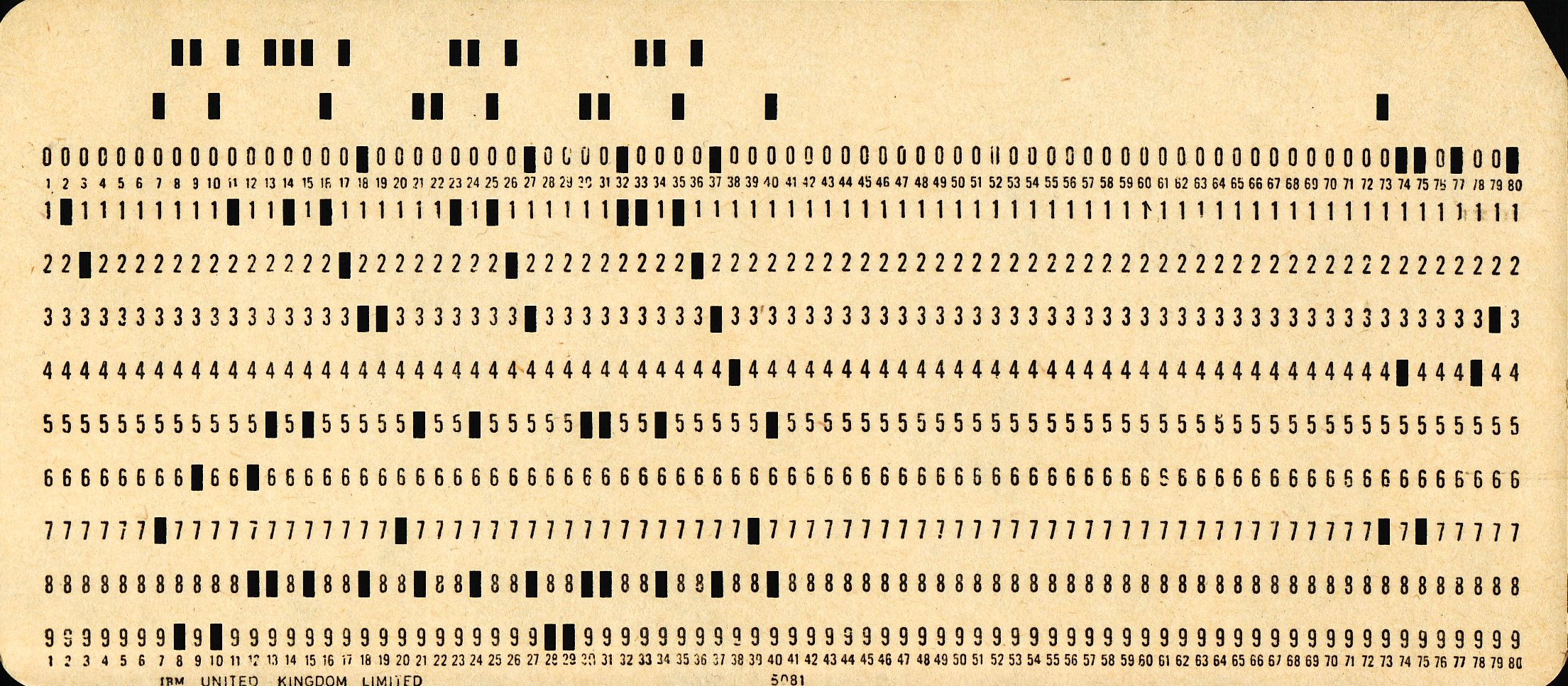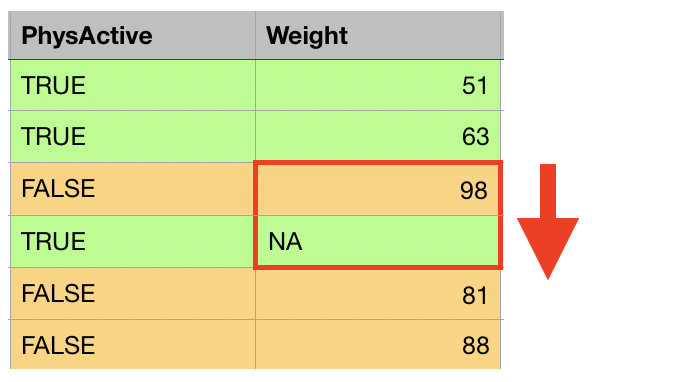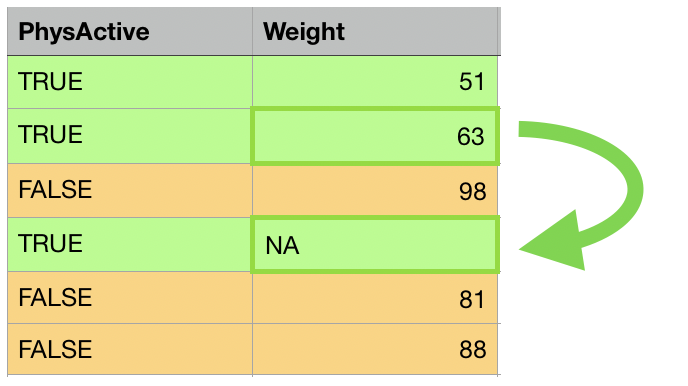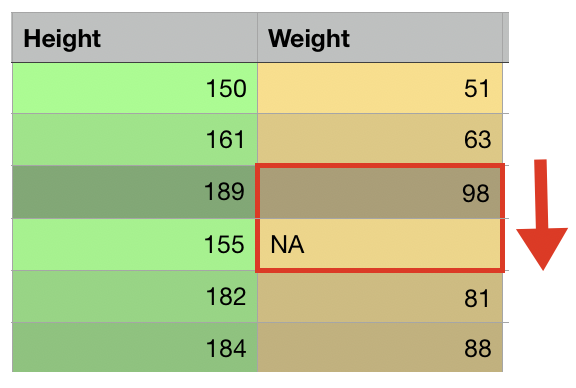Hot-deck imputation
Handling Missing Data with Imputations in R

Michal Oleszak
Machine Learning Engineer
Hot-deck's history
- Dates back to 1950s, when data was stored on punched cards.
- Browsing through the data back and forth was very slow.
- U.S. Census Bureau came up with a method requiring only one pass through the data.

1 Image source: https://en.wikipedia.org/wiki/Punched_card#/media/File:Used_Punchcard_(5151286161).jpg
Hot-deck imputation
- For each variable, replace every missing value with the last observed value.
- Hot-deck refers to the deck of punched cards actually being processed.
Cons
- Requires data to be MCAR.
- Vanilla hot-deck can destroy relations between variables.
Pros
- Fast (only one pass through data).
- Imputed data are not constant.
- Simple tricks prevent breaking relations.
Hot-deck imputation in practice
nhanes_imp <- hotdeck(nhanes, variable = c("Height", "Weight"))
head(nhanes_imp)
Age Gender Weight Height Diabetes TotChol Pulse PhysActive Height_imp Weight_imp
1 16 male 73.2 172.0 FALSE 3.00 76 TRUE FALSE FALSE
2 17 male 72.3 176.0 FALSE 2.61 74 TRUE FALSE FALSE
3 12 male 57.7 158.9 FALSE 4.27 80 TRUE FALSE FALSE
4 16 male 88.9 183.3 FALSE 3.62 58 TRUE FALSE FALSE
5 13 female 45.1 157.6 FALSE 2.66 92 TRUE FALSE FALSE
6 16 female 48.7 180.7 FALSE 4.32 58 FALSE TRUE FALSE
Imputing within domains


nhanes_imp <- hotdeck(
nhanes,
variable = "Weight",
domain_var = "PhysActive"
)
Sorting by correlated variables


nhanes_imp <- hotdeck(
nhanes,
variable = "Weight"
ord_var = "Height"
)
Let's practice hot-deck-imputing!
Handling Missing Data with Imputations in R

